Yazd’s Janoub factory: from industrial powerhouse to museum of traditional textiles
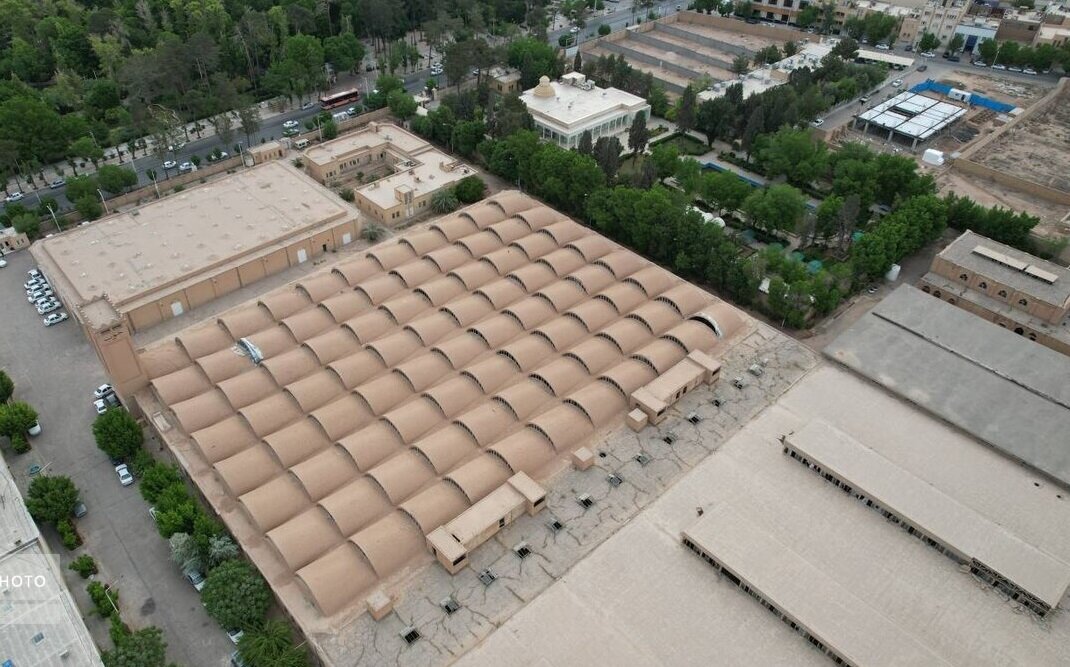
YAZD - The Janoub Spinning and Weaving Factory, a 70-year-old landmark in Yazd, is set to undergo a remarkable transformation.
Once a key industrial hub in central Iran, the abandoned factory is being restored and repurposed into a museum showcasing traditional textiles, carpets, and weaving techniques.
Constructed in the early 1950s by Reza Sarrafzadeh, a prominent merchant and member of Iran’s National Assembly, the factory was one of the region’s most significant textile production centers. At its peak, it employed 700 workers, producing 900 bundles of fabric annually. The factory’s distinctive shape, inspired by the vernacular architecture of Yazd, remains a testament to the region’s rich cultural heritage.
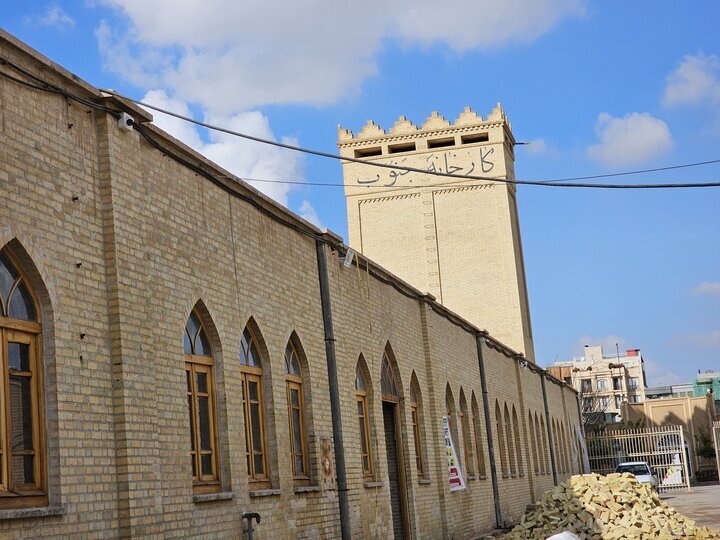
Restoration of the factory’s main buildings, spanning 6,000 square meters, began in the summer of 2023. The Mostazafan Foundation’s cultural museum branch has undertaken the project, which is now 90 percent complete. The museum, named “Tar-o-Pud” (meaning “Warp and Weft”), is expected to open its first phase by the end of the year.
The museum will feature a comprehensive collection of carpets and textiles spanning centuries. Highlights will include carpets from the Qajar and later periods; rare fabrics from the Buyid dynasty to the late Qajar era; and traditional handwoven crafts from Iran’s desert, central, and southern regions, to name a few. Additionally, a restored Qajar royal tent will be prominently displayed.
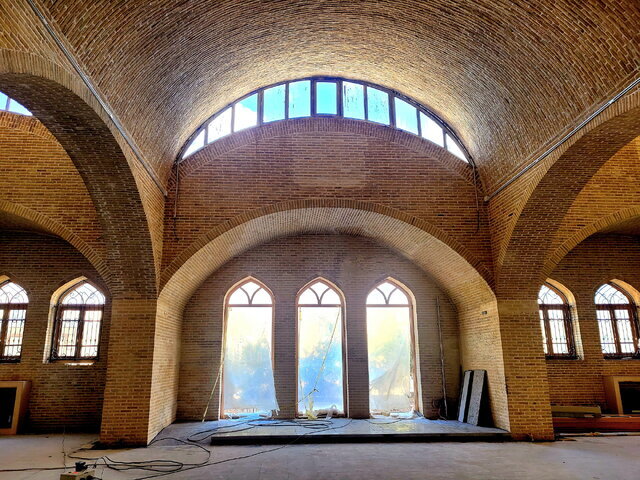
A shift in ownership
After the 1979 Islamic Revolution, ownership of the factory was transferred to the revolutionary Mostazafan Foundation of the Islamic Revolution under a court order. The facility, however, remained operational for the next two decades, after which it was abandoned. In 2015, the Yazd Municipality purchased the property from the foundation, with plans to preserve and repurpose the historic site.
Interactive experiences
The museum will provide an immersive experience with recreated traditional weaving workshops and fully functional carpet looms. Visitors can interact with craftsmen and even participate in weaving processes. Some of the looms, reconstructed using 180-year-old designs, will revive forgotten weaving techniques, including those used to create rare textiles.
A researcher overseeing this initiative told the Tehran Times that thirteen looms and workshops have been rebuilt to their original specifications. “Some techniques, like labafi-bafi, which no longer exist in practice, will be brought back to life here.”
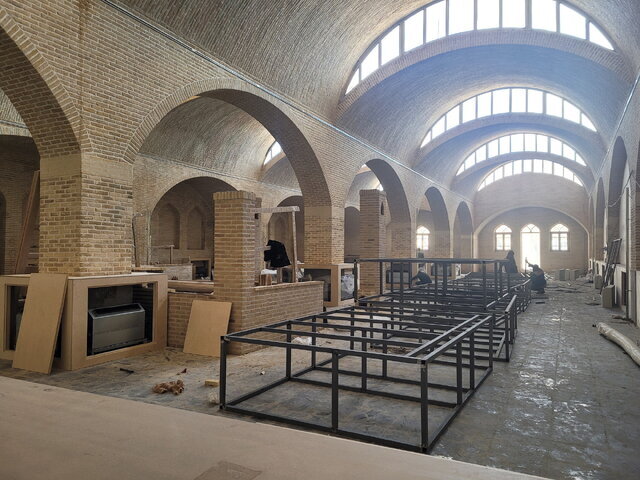
A testament to industrial and cultural heritage
The museum will also exhibit equipment and machinery from the factory’s operational days. While some machines were sold after the factory’s closure, several have been preserved for display.
In addition, an oral history of the factory, a vital record of its role in Iran’s textile industry, will be documented and shared as part of the museum’s narrative.
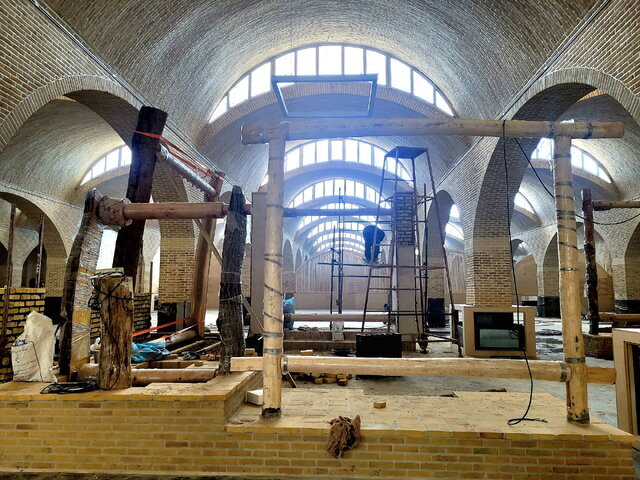
Architectural significance
Located on Ayatollah Kashani Street in Yazd, across from Seventh of Tir Park and near the Museum of Light and Illumination (Qasr-e Ayeneh), the Janoub factory boasts striking architectural features.
The factory’s bizarre-shaped vaulted ceilings, intricate window frames, and robust brickwork reflect the enduring craftsmanship of the Pahlavi era.
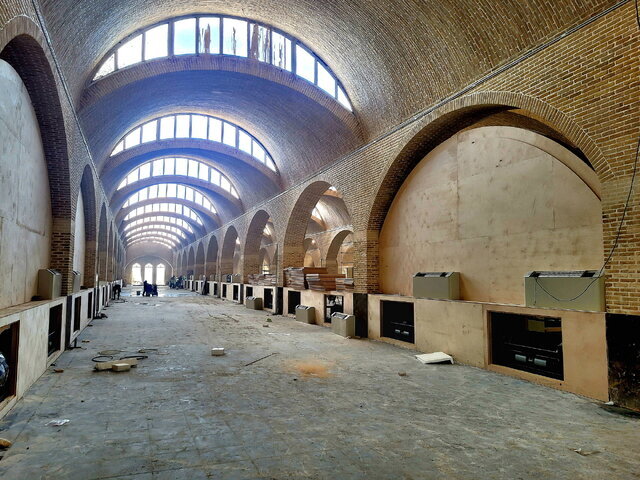
A new chapter
After decades of neglect, the textile factory is set to become a cultural beacon, celebrating Iran’s rich heritage in textiles and weaving. As the project nears completion, Yazd prepares to welcome visitors from across Iran and beyond, offering them a chance to explore the artistry, history, and innovation that defined its industrial past.
AM
